Olivier Masson, Paolo Giraldi, and Juan Luis Garcia monitor and prepare the tires for the two LMP2 cars, #18 and #28, belonging to the Provençal team. They manage everything related to temperature, pressure, and sending tires to both cars during pit stops.
What about the weight of the wheels ?
12 kg at the front and 14 kg for a rear tire. For tires that are 305 mm wide, 680 mm in overall diameter, and 18 inches in rim diameter at the front. For the rear: 310 mm wide, 710 mm in overall diameter, and 18 inches in rim diameter. In LMP2, there is only one tire for racing in conditions ranging from Spa-Francorchamps, where it can be 5°C, to Imola, where temperatures can reach 45°C. The tire must always perform and reach an operating temperature of 100°C.
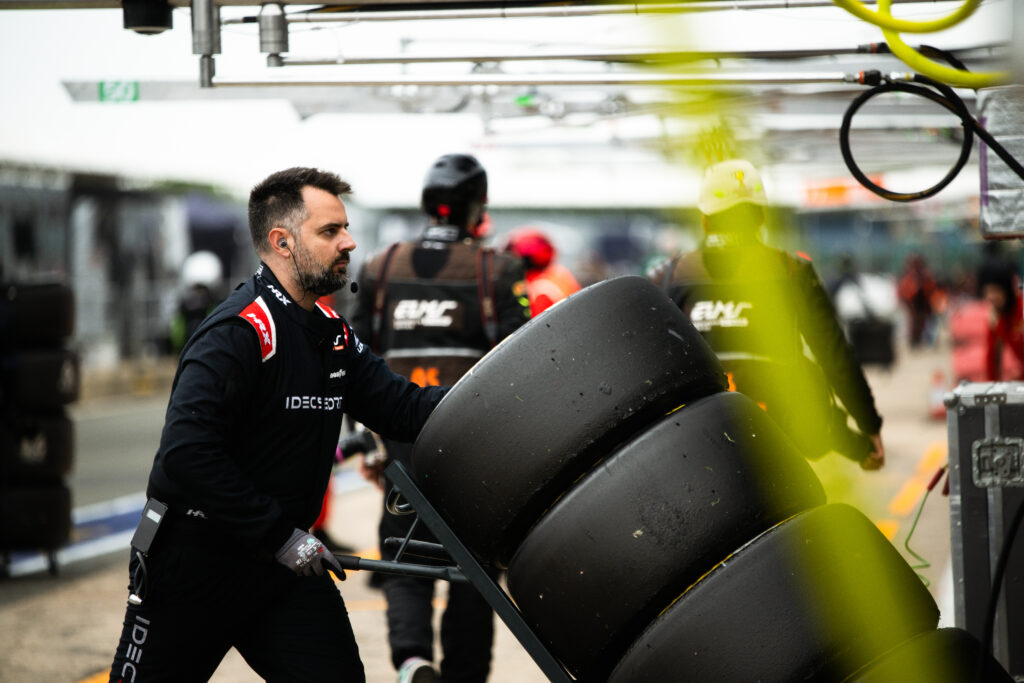
How does the team work with sole manufacturer Goodyear ?
A Goodyear engineer, who is part of the IDEC SPORT team, provides all the necessary technical information: recommendations on camber and pressure depending on weather conditions and the track.
This same engineer also provides information on the progress of tests carried out by the manufacturer, free practice sessions, etc. Discussions are then held with the team’s engineers in order to gather the right recommendations for tire use so that they can last the entire race and, above all, be used within the correct operating ranges.
The engineer representing the manufacturer also works with the drivers to help fine-tune the balance of tire use in order to get the most out of the tires: speed and endurance. Each driver has their own way of driving. The balance between a Bronze, Silver, Gold, or Platinum driver is not the same. It is therefore necessary to find the right compromise.
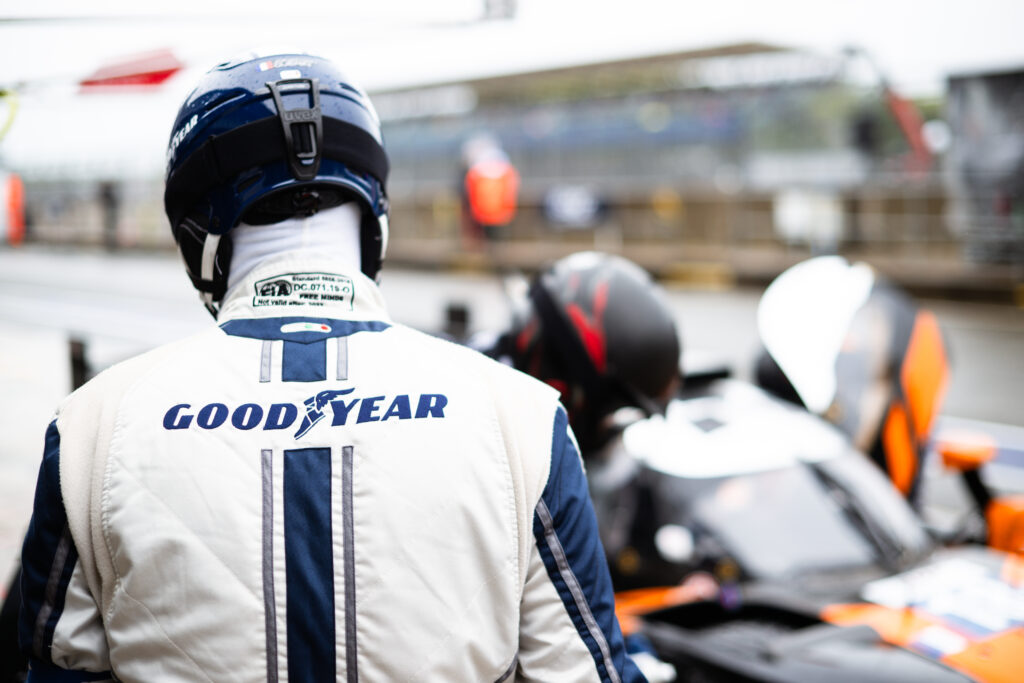
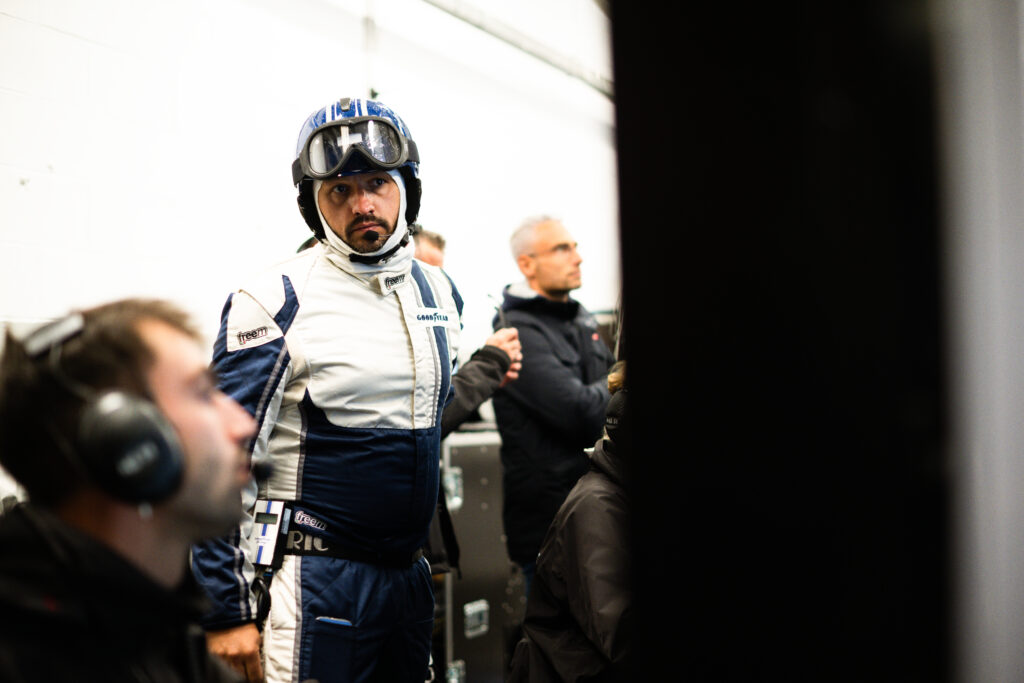
How many tires are allocated?
Allocations are imposed by the regulations.
The maximum number of dry weather tires that can be used during a competition is eight for free practice and 14 for qualifying and the race.
There is no limit to the number of wet weather tires that can be used during a race, provided that the track has been declared wet by the Race Director. Wet weather tires may have been used previously.
How are the tires checked?
Checks are carried out using an RFID chip installed in each tire. At the start of the race weekend, a list of tires brought to the track is declared 48 hours before technical checks. At the pit lane exit, there is an RFID gate and each time a car passes through, officials check that the tires installed are those previously declared.
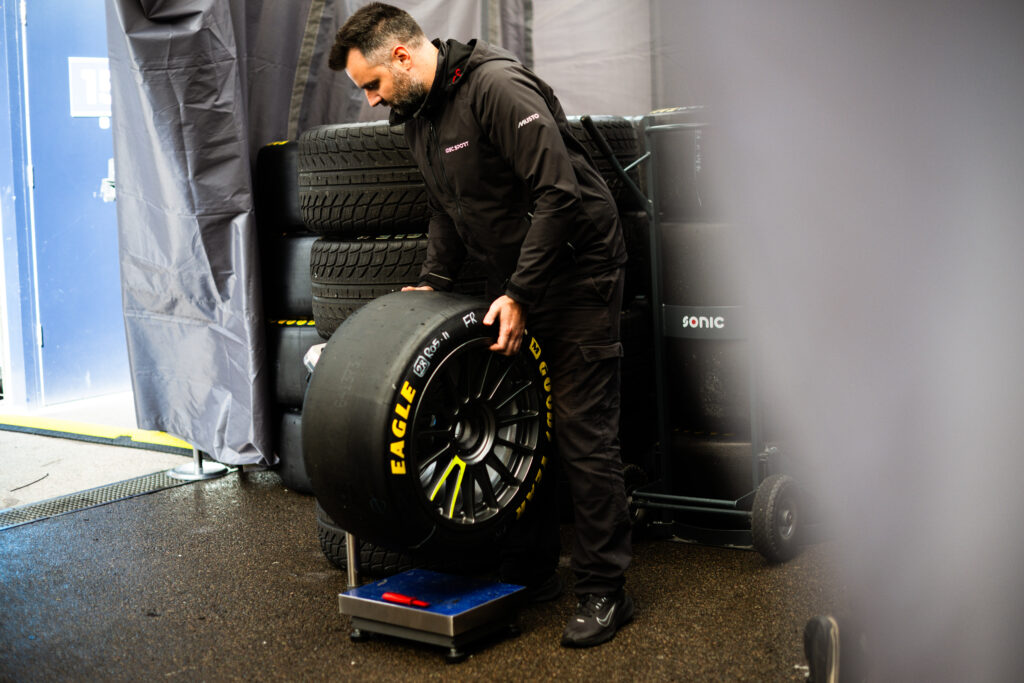
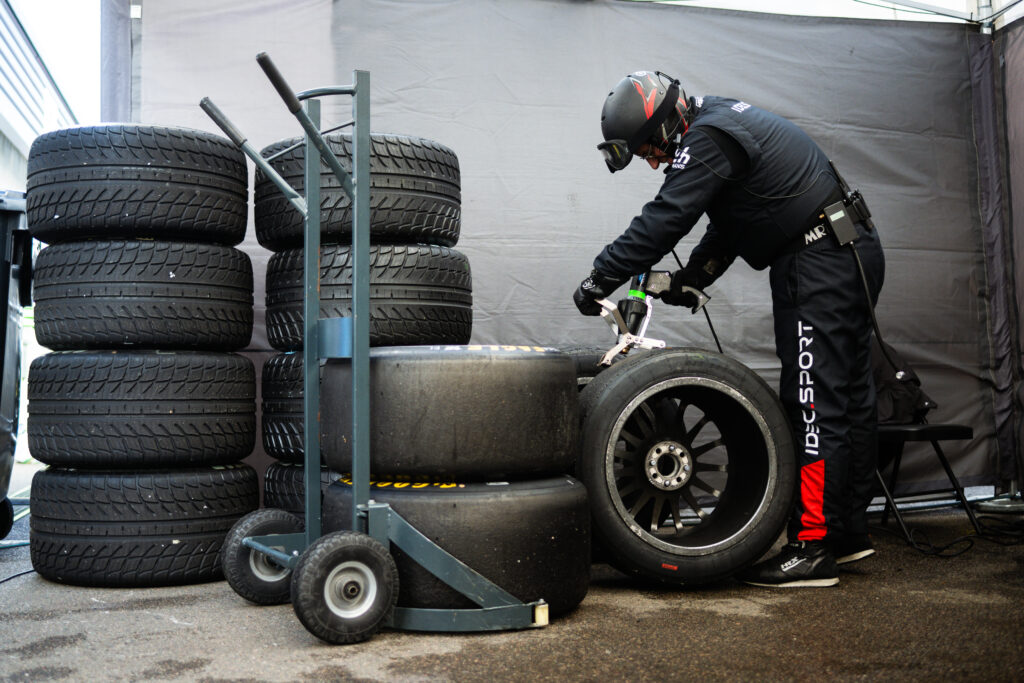
How are tires stored?
Two tire storage areas are identified in and near each car’s garage. One area inside the garage(front section) where a maximum of three sets of tires per car will be allowed to remain in the garage and must remain visible from the pit lane.
A second area for the storage and preparation of all other sets of tires (immediately outside the rear of the garage), including the wheel washing area.
What about tire pressure?
Pressures and camber settings for dry weather are provided by tire suppliers. Tire pressure will be monitored using tire pressure monitoring sensors (TPMS) and manual gauges. The TPMS signal will be randomly checked with manual gauges by technical stewards and/or tire manufacturer technicians.
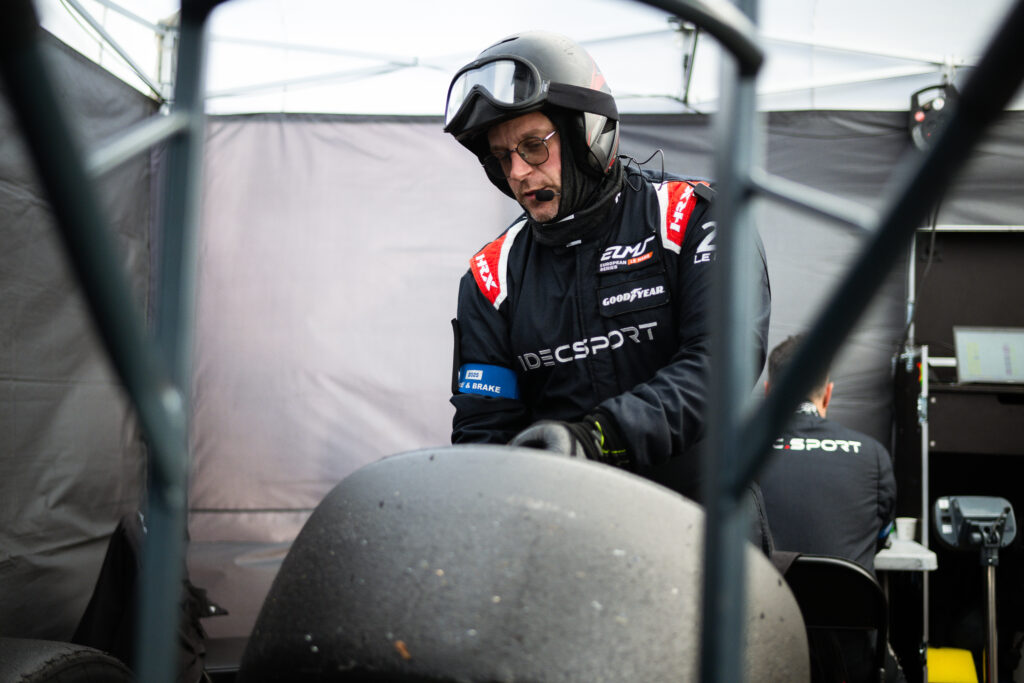
Is it possible to work on the tires?
Any chemical and/or mechanical treatment of the tires is prohibited, with the exception of removing debris collected on the track. The use of a heated tool to remove debris or clean the wheels will be permitted, except during the two hours preceding a session and until the end of that session. The thread or profile of the tire may not be modified or recut.
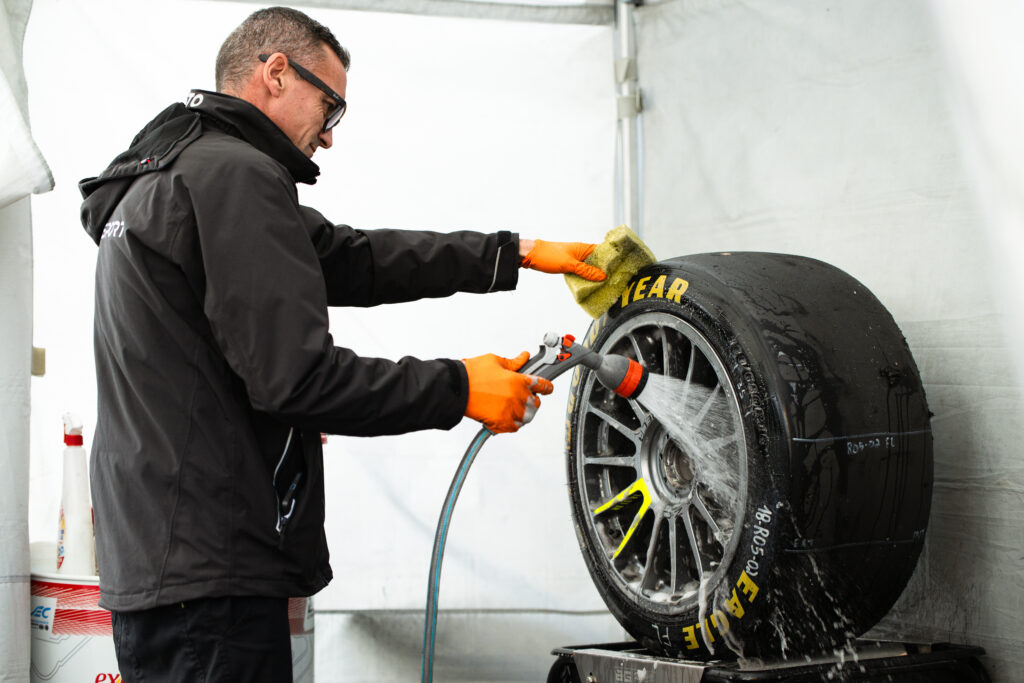
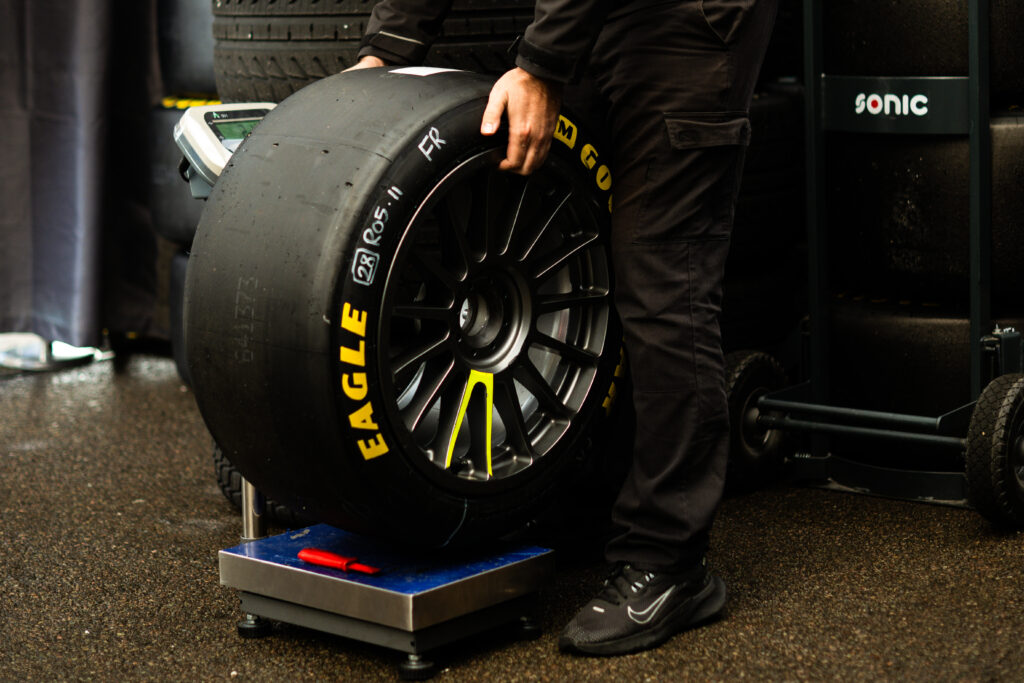
As you can see, tires are a strategic component of the vehicle’s connection to the ground. The enemy of tires is temperature: the hotter they get, the more they wear out, deteriorate, and lose performance. Alongside the work done by the tire men, it is then up to the engineers and drivers to work together to save the tires and complete the laps.
